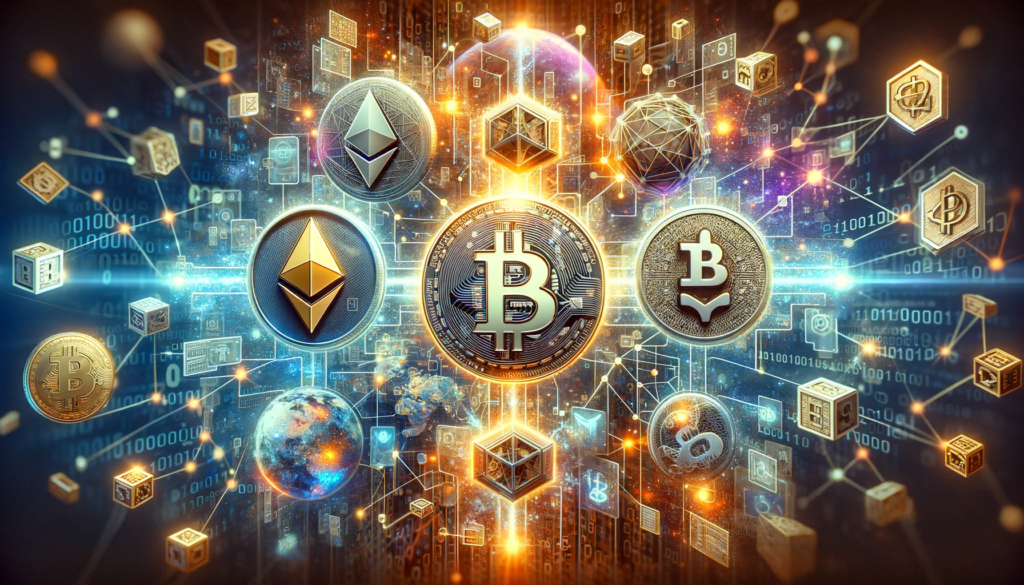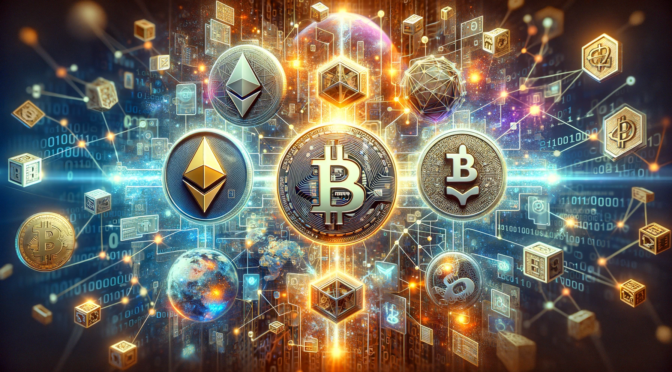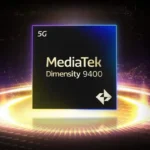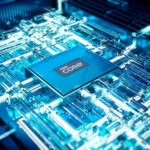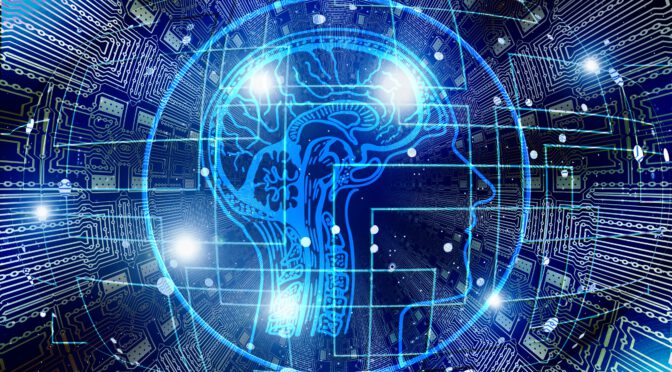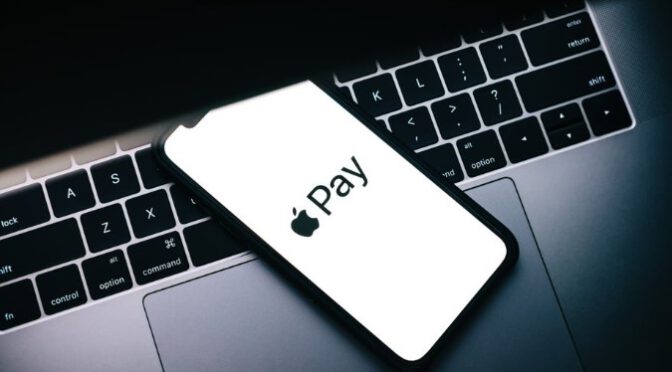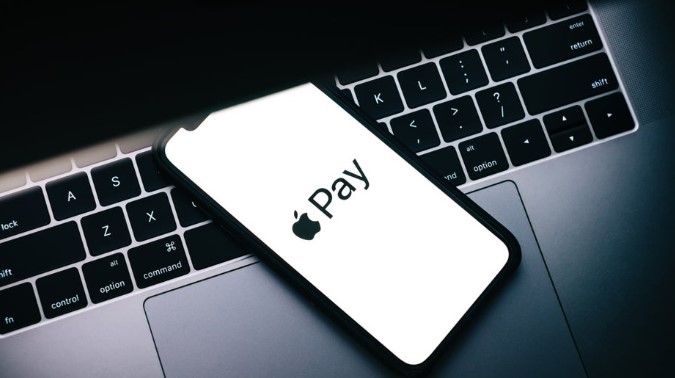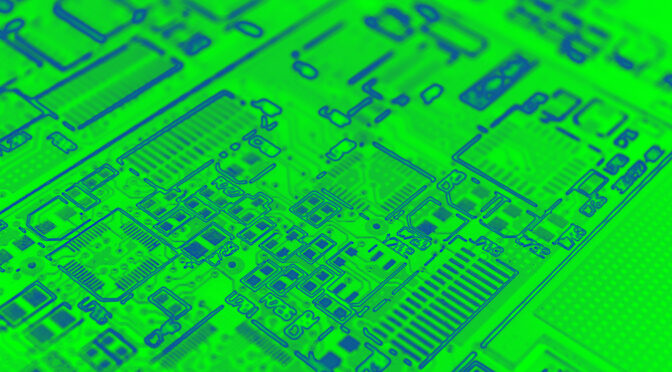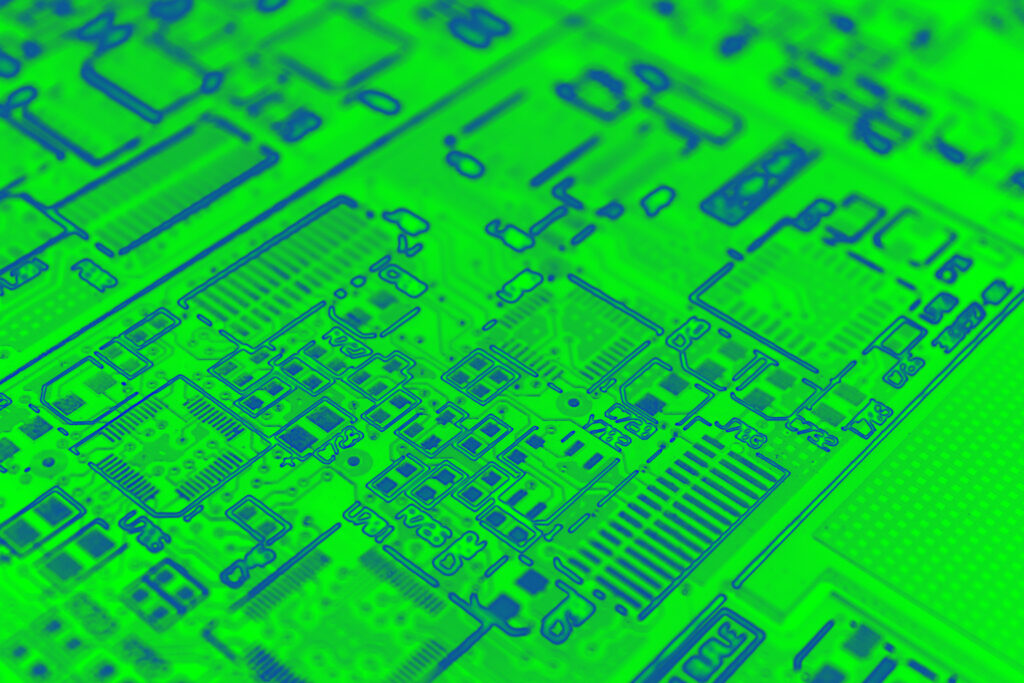Image by TeX9.net: Cryptocurrency RevolutionCryptocurrency: A Revolution in Digital Finance
In recent years, the financial landscape has witnessed a dramatic transformation with the rise of cryptocurrencies. These digital assets have taken the world by storm because of promising to reshape the way we conduct financial transactions, invest and even think about money. The story of cryptocurrencies begins with the creation of Bitcoin in 2009 by an anonymous entity known as Satoshi Nakamoto. Bitcoin introduced the concept of a decentralized, peer-to-peer digital currency and powered by blockchain technology.
Key Features of Cryptocurrencies
- Decentralization: Cryptocurrencies are not controlled by any central authority, making them resistant to censorship and manipulation.
- Security: Transactions are secured through cryptographic techniques, making it extremely difficult for malicious actors to tamper with the system.
- Transparency: Blockchain technology records all transactions on a public ledger, ensuring transparency and accountability.
- Accessibility: Cryptocurrencies are accessible to anyone with an internet connection, opening up financial opportunities for the unbanked and underbanked populations.
Impact on Traditional Finance
- Reduced Transaction Costs: Cryptocurrency transactions often come with lower fees compared to traditional banking systems.
- Financial Inclusion: Cryptocurrencies can provide access to financial services for the billions of people worldwide so the traditional banking system can not exclude them.
- Innovation: The blockchain technology underlying cryptocurrencies has sparked innovation in various industries, such as supply chain management, healthcare, and voting systems.
- Investment Opportunities: Cryptocurrencies have become an attractive asset class for investors, offering the potential for high returns and diversification.
Key Players in the Cryptocurrency Revolution
- Bitcoin (BTC): The original cryptocurrency and so the most recognized. It serves as digital gold and a store of value.
- Ethereum (ETH): Known for its smart contract functionality, Ethereum has enabled the development of decentralized applications (DApps).
- Binance Coin (BNB): The native token of the Binance exchange and is one of the largest cryptocurrency exchanges in the world.
- Cardano (ADA): Known for its focus on sustainability, scalability and interoperability in blockchain technology.
